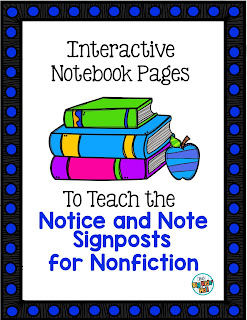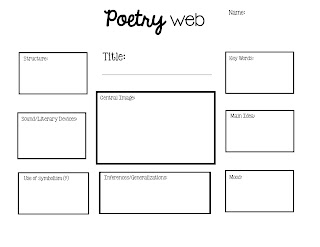One of the things I teach early on in fourth grade (and review with my fifth graders) is divisibility rules. I run it right behind factors and multiples, and while it may seem like one more (choose your own naughty word) to get done, and it isn't on the test, having them down will make life simpler for you and your kiddos down the road. How's that, you ask?
1. They make multi-step long division less intimidating. If a child can know that 4,392 divides evenly by 2, 3, 6, and 9 without any arithmetic, doing 712 divided by 3 seems not so bad. Also, a kid can know pretty quickly if any division problem you set is going to have a remainder, which makes a nice control of error. It's helpful, too, when the fifth graders are doing the really big problems and they have to estimate before they multiply.
2. They make simplifying fractions easier. Being able to quickly find factors of large numbers can make fraction work go soooo much faster! That's a skill that does a lot for kids' math self-image, too, at a time that they really need it. Fractions can be overwhelming; any tool that helps with that is a teacher's friend!
3. They feel like a cheat,which makes them fun! My kids love taking great big numbers and being able to tell me by what numbers they can be divided. It gives them a sense of power and a laugh because it's so easy. They're also a go-to strategy for some of the complex Math Olympiad problems I set for their group work.
So, what are these rules? Since mine is a flipped classroom, I put together a video lesson on them:
You'll find lots of resources online for the kids to practice with. In my room, I use (Note: these aren't affiliate links and I don't actually know these sellers. There are the things I really use!):
a set of ChiliMath task cards I really like (Find them on TpT here.)
a pick-and-flip center I found here I love the instant feedback on these!
and an inexpensive game my kids really enjoy here.
I also created a set of task cards that include a deck of Boom Cards, paperless, self-grading task cards. Click on the card below to try a preview of the Boom deck!
Still like printable task cards best? You'll find them in my store, here.
Divisibility rules make life easier! Don't forget to pin this for later!























